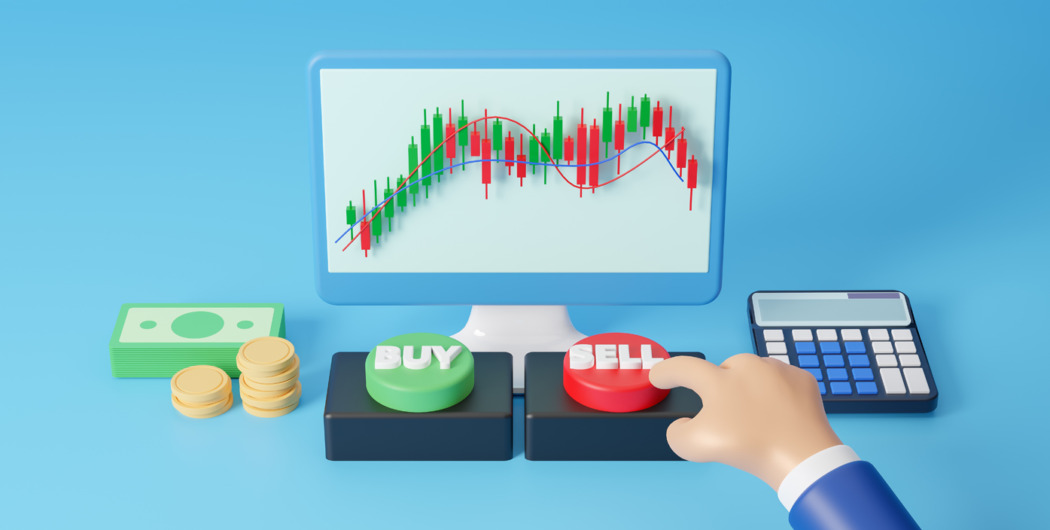

As you may know, India is one of the fastest-growing asset management markets in the world. This is justified not only by its centuries-old history but also by its fairly large number of public companies. Major traders and investors such as Ramesh Damani, Rakesh Jhunjhunwala, Radhakishan Damani, Raamdeo Agrawal, and Porinju Veliyath are from India.
It may seem that investing and conducting transactions with different shares is difficult. This article will explain how a novice trader can gradually start buying and selling stocks online.
1. Obtaining a PAN card
In order to start carrying out any operations related to investments and trading, you need to get a special card — a Permanent Account Number (PAN). It is a unique string of ten letters and numbers and acts as your identity card, providing evidence that you are an Indian taxpayer, and, of course, the owner of this card.
It is necessary for making financial transactions and to prove to the state that you aren’t evading taxes. It takes one to two weeks to receive a card, and you can apply for a PAN card on special portals: NSDL and UTIITSL.
2. Choosing a broker or a trading platform
The next step is choosing the right broker or a trading platform. These brokers or trading platforms charge a commission on financial transactions carried out for investors.
Depending on your goals and needs, you can choose either a full-time traditional broker or a discount broker. Pay attention to their reputation, the amount of the commission, and the services they provide.
There are also two depositories in India: National Securities Depository Limited (NDSL) and Central Securities Depository Limited (CSDL). They allow investors and traders to open both demat and trading accounts through brokerage firms or agencies (depository participants). Their main job is to help store and release the shares you buy and sell.
And the final requirement is to open demat and trading accounts. Unlike a trading account, which can be called a platform for facilitating asset transactions, a demat one allows you to hold your assets (stocks, government securities, bonds, etc.) in an electronic form.
3. Transferring funds to your account
After opening both demat and trading accounts, it’s time to transfer funds to the trading account. There are many ways to transfer funds from a bank account: this can be done via bank card, an electronic wallet, PayPal, a bank transfer, or UPI.
However, it is important to note that if you deal with amounts over Rs 1 lakh, you are required to provide a unique identification number (UIN) to complete the transaction. A UIN consists of a combination of 12 letters and numbers. It builds a database of investors to track manipulative trades and prevent scammers from rigging the market.
In order to obtain a UIN, it is important for an investor to verify their identity and place of residence, attach their fingerprints, and pay the required fees.

4. Buying and selling stocks
Before carrying out any operations, you need to determine your goals and the risks you can take. Focus on your overall income and expenses, as well as savings, which will provide a constant flow of capital for investment.
Next, decide on the number of shares. It’s worth starting small to get a feel for what it’s like to buy shares yourself. At this time, you should choose the appropriate order: it can be a market or pending order.
Some time after investing, it’s time to think about selling your shares. The reasons may be different: you have reached your goal, or perhaps you are tired of a series of failures, and your stock is rapidly depreciating in price.
For novice investors, it is recommended to choose the easiest way — exiting a position at the current share price through a market order. But be prepared that the actual price of your sale may be very different from the expected one.
It is not necessary to sell shares; you can hold them for the long term. This practice has been used by lots of prestigious investors for many years.
Wrapping up
You should not deny the opportunity to try your hand at buying and selling shares. By following all these steps, you will be able to make various trades with few difficulties. Don’t miss this chance!








